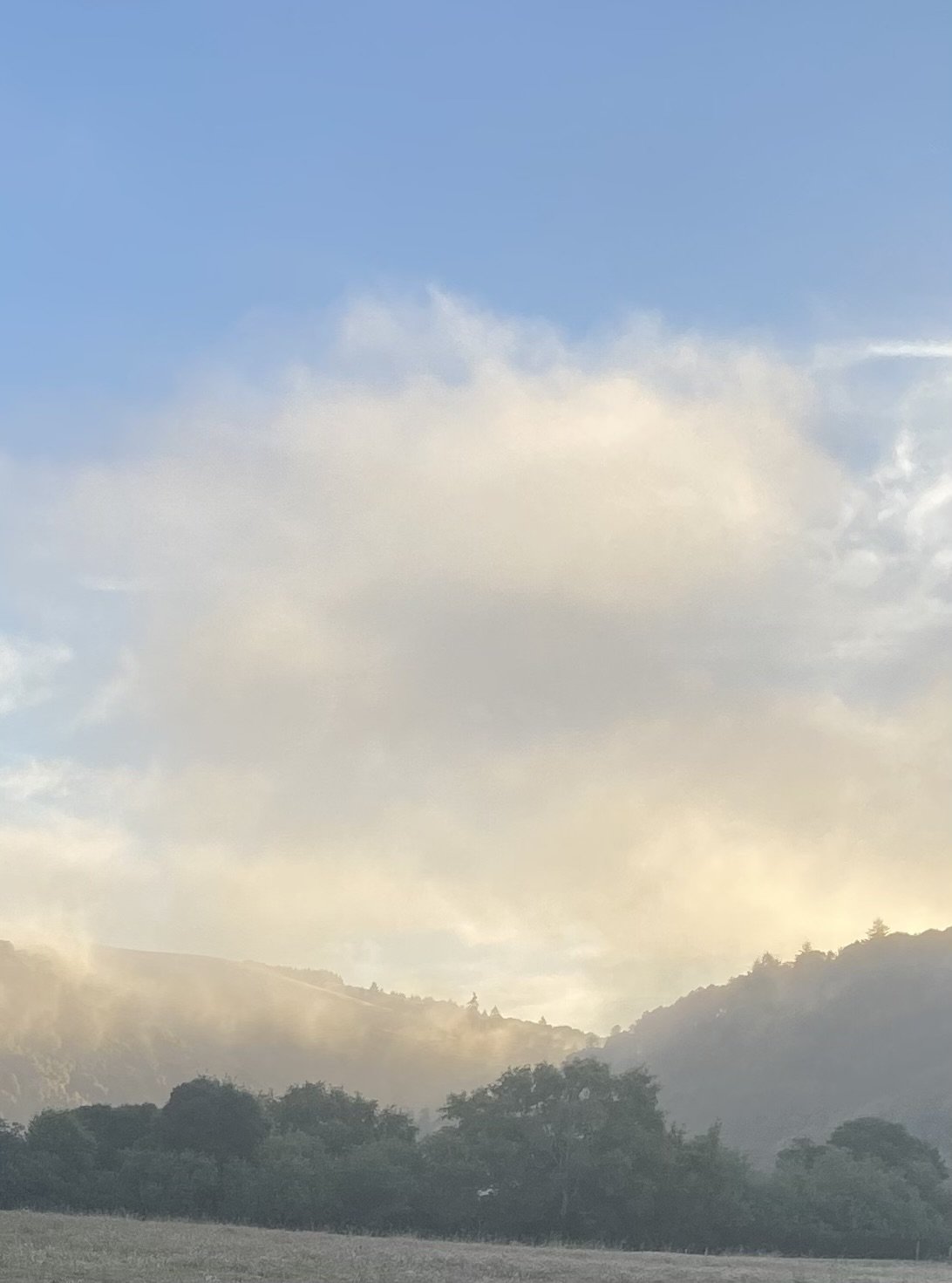
Flooding will destroy Hicks Valley homes and businesses, and make remaining lands inaccessible: 10+homes, dozens of agricultural buildings and 100+ years of established/maintained infrastructure will be destroyed. Many of these structures are 50+years in age, potentially designating them Historic. Residents will lose their homes. Employers and their workers will lose their livelihoods. This 2nd round of forced inundation will erase the history and future of these legacy properties.
Miles of access roadways will be flooded, making remaining hillsides inaccessible to residents as well as fire protection services.
Greater wildfire danger: Loss of agricultural grazing due to loss of multi-generational agriculture business and stewardship will be detrimental to land conservation, resulting in thousands of acres of unmanaged vegetation fuels, triggering vast wildfire potential.
The augmented reservoir may not be sustainable: Soulajule Reservoir is fed by a watershed, derived solely from seasonal rainfall. With increasingly inconsistent rainfall, it is questionable if this finite watershed will be able to sustain the proposed 20,000 acre-foot target.
Methylmercury levels in Soulajule will need monitoring: The presence of currently inundated quicksilver mines, together with additional upslope tailings and shafts that may be subsequently inundated, raises the question of water quality. Current methylmercury levels have over time created a balance in the ecosystem, but must be monitored by the Water Quality Control Board.
Plan is too costly - Projected costs are underestimated, incomplete: Estimated costs of nearly $300 million are for dam construction only. This estimate does not factor many other mitigating costs including costs to construct shoulder dams to prevent destruction of the neighboring community.
Soulajule’s waters are difficult and expensive to access: Soulajule’s waters do not directly gravity feed into the Marin Water system. To access this reservoir, diesel generators must be brought in to pump the water through a four-mile overland pipe system that climbs hundreds of feet in elevation before flowing two miles along native tributary, ultimately feeding into the Nicasio Reservoir. Due to this conveyance and distribution challenge, the Soulajule reservoir has rarely been tapped for use since its construction in 1979. A solution to feasible sustained power is still unresolved today.
The increased reservoir area will be too shallow: Lands marked for inundation are flat or gently sloped. With evaporation and state-mandated flow releases for downstream fish habitats, this will yield shallow water depths subject to rapid infiltration, evaporation, and receding water levels. This will result in arid lakebed conditions, devastating native grass and woodland habitats, rather than increasing stored water.
Loss of carbon sequestration: The increased inundation area will extinguish sensitive, carbon-sequestering riparian habitats.
Construction of dam harmful to endangered species: The Increased inundation area may impact habitats that support the red-legged frog (an endangered species). It may also impact nesting sites for the Northern Spotted Owl.
More…
Expanding Soulajule will cause irreparable harm for little to no benefit